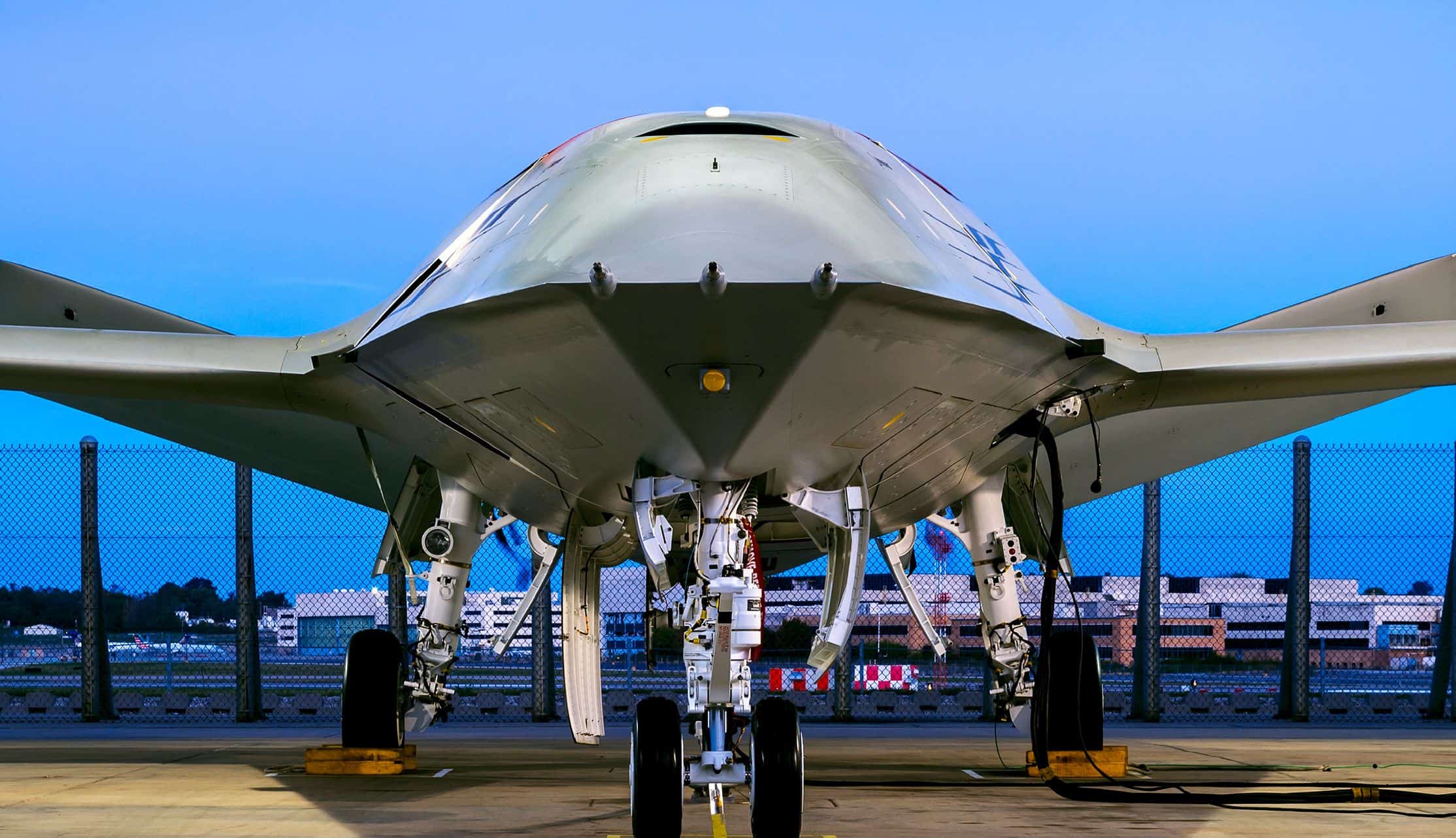The United States has selected Boeing as its contractor for the MQ-25 Stingray unmanned aerial tanker. Boeing won an $805 million engineering and manufacturing development contract to provide four aircraft. The MQ-25 Stingray will allow for better use of combat strike fighters by extending the range of deployed naval combat aircraft, according to the U.S. Navy.
The United States is the leading developer of unmanned combat air vehicles (UCAVs). The UCAV program has seen a series of requirement changes and schedule restructuring that repeatedly pushed back a production start. The Pentagon’s most recent change saw it move away from the UCLASS (Unmanned Carrier-Launched Airborne Surveillance and Strike) system and toward the Carrier-Based Aerial Refueling System.
The CBARS program aims to rapidly develop an unmanned system to embark on aircraft carriers as part of the carrier air wing (CVW). The CBARS, which is now called the MQ-25 Stingray, will conduct aerial refueling operations and provide an ISR capability.
The first flight from an aircraft carrier’s deck could occur as early as 2019. The MQ-25 might reach Initial Operational Capability before the end of FY26. Each aircraft carrier could receive four to six UCAVs. Once this version enters service, another model could quickly follow – the so-called MQ-25B. This version would include a more robust strike capability. The B model will also offer a higher speed than the original.
In the future, the U.S. Navy could deploy four to six UCAVS on each of its aircraft carriers. The figure could go as high as 12 UCAVs per carrier. Procurement may reach as high as 156 UCAVs over the life of the program. However, the U.S. might procure only enough UCAVs for those “at sea” and to meet maintenance, training, and spares requirements. A medium procurement objective might be 56 (four per carrier) to 84 (six per carrier) air vehicles.










